|

To Make a
Donation, please click here: Donation
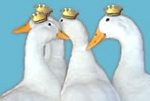
Have You Seen Our Video Clips at Myspace?

http://profile.myspace.com/majesticducks
Sanctuary videos change throughout the month, so keep checking back
to see the latest!
The Month in Photos!

Demi & Gulliver

Reflections...
Majestic Newcomers
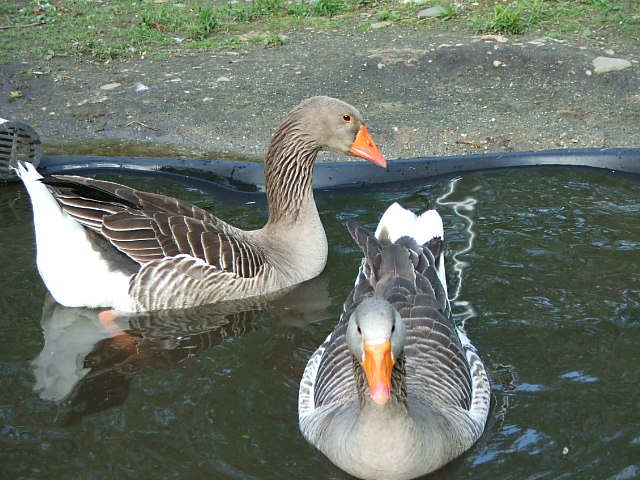
Duran Duran return to our sanctuary
Majestic Adoptions
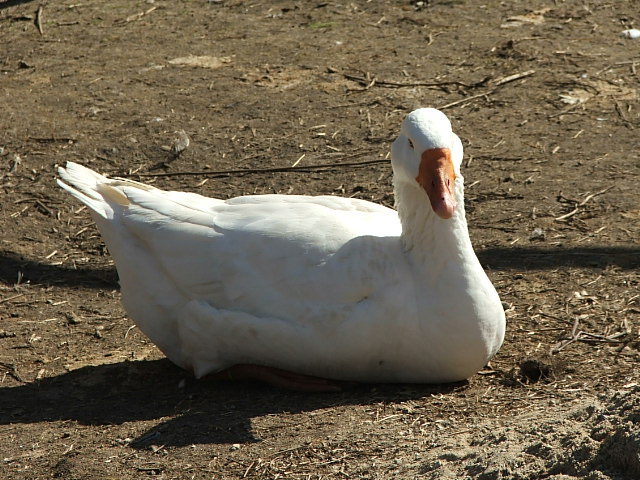
Victor-Victoria
Majestic Sponsorship
If you can’t adopt, please consider sponsoring
a duck or goose in our care by visiting our
sponsorship page.
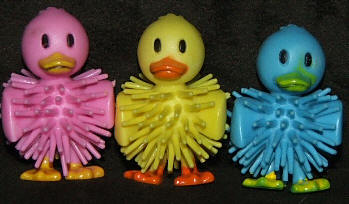
Recommended
Reading*

Duck & Goose
How Are You Feeling?
Product
Description
Duck and Goose are back in their third board
book appearance. All the favorite characters, including Bluebird and
Thistle, return—this time to help toddlers learn about their
feelings.
Following on the heels of the hugely
successful What’s Up, Duck? and Duck & Goose 1,2,3,
this charming board book uses simple text and colorful illustrations
to help preschoolers identify familiar feelings like happy, sad,
scared, and proud.
Click
here to order.
|
* |
For
our full recommended reading list, click
here. If you order from
Amazon by way of our website, Majestic receives a
portion of the proceeds! |
Contact Us
Majestic Waterfowl
Sanctuary
17 Barker Road
Lebanon, CT 06249
directorATmajesticwaterfowl.org
Our Newsletter
The Majestic Monthly is published 12 times per year.
Previous issues are available in our
Archives.
|
The Ultimate Pet Duck Guide Book
We are on the brink of publication!
Unlike other duck books that are loaded
with unwanted "for table" references, or guide books
that will advise you to destroy your sick pet as if they
are untreatable or unworthy of veterinary care, our Ultimate Pet Duck Guide Book
will give you all the
advice and information you need to care and protect your
beloved feathered friends.
You've asked for a book written by a
duck enthusiast rather than someone who views ducks as a
commodity, and this is it! Filled with color photos and
inspirational anecdotes about the ducks who have come
through our sanctuary, this is the one guide you and
your darlings simply cannot be without.
With chapters on: Preparations,
Ailments, Considerations, Enrichment & Rescues, we are
sure you will find everything you ever needed to know in
this handy and duck-friendly guide book.

Ordering information will be
available soon!
Sanctuary
Improvements
After years of managing our sanctuary's
cement ponds, we invested in preformed pond liners for our flock
members!
For years we have refaced cement our
small cement ponds, sealing cracks every spring to prepare
for the warm weather. Because these smaller, hand made ponds
would crack as soon as the ground froze, the ducks and geese
were not able to use them on warmer winter days, and they
couldn't use them in spring until each of the ponds were
refaced.
Our Blue
Ribbon Fundraiser helped bring in some of the funds necessary to purchase
eight new pond liners. We have been hard at work with
sledgehammers, removing the old cement ponds and then fitting the
new ones
into the ground. It has been a very labor intensive project,
but it will benefit the animals in the long run. In addition
to eliminating the expense of bags of concrete every spring
it will also save us an incredible amount of time, which we
can direct to other projects. These ponds are very low
maintenance and can instantly be reopened in winter, when
warmer days happen upon us and immediately in spring. All of our ponds are stream-fed with
a main pump circulating the water throughout the pens. This
keeps all of our ponds fresh and cool.
In addition to upgrading five of
our existing ponds, we have also added three new ponds to pens that were
previously without swimming accommodations. In prior years
we have been utilizing a misting system to keep these three
pens cool, but now that they have their own ponds, the
misting system will be set up in Abby's Goose Run.
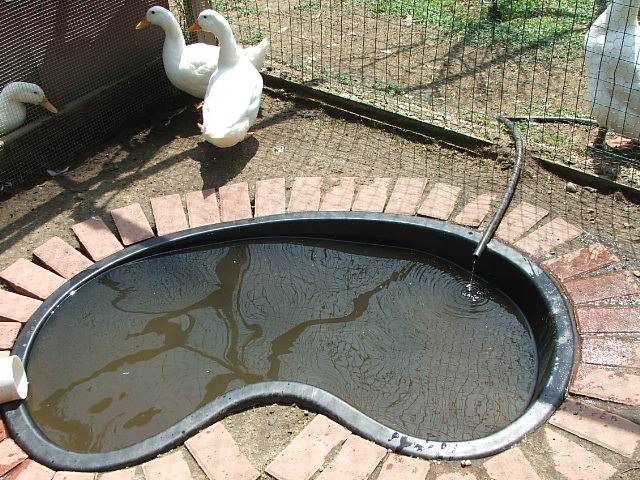
In addition to installing ponds, we
have also completed the project of tilling our soil. We have
very rocky soil, so every pen needs to be turned over by
hand with shovels. Once turned, we have to collect any rocks
that surface to keep our grounds soft under delicate webbed
feet. This is a strenuous and time-consuming project, and
thankfully, it is now complete. Grass is rapidly growing and
establishing itself throughout our pens and will remain
underfoot until winter when it tends to die out from tread.
And finally, the last of our new
shade trees have been transplanted from our forest into
Abby's Goose Run and Louisville (a.k.a. "The Bachelor Pad").
Russian Olive trees are the perfect trees for our pens. They
have shallow root systems and are easy to transplant, they
grow very rapidly and can be easily pruned into shapes that
work best for the area. Remember, geese will kill
trees, so always surround saplings with a circle of
protective fencing.
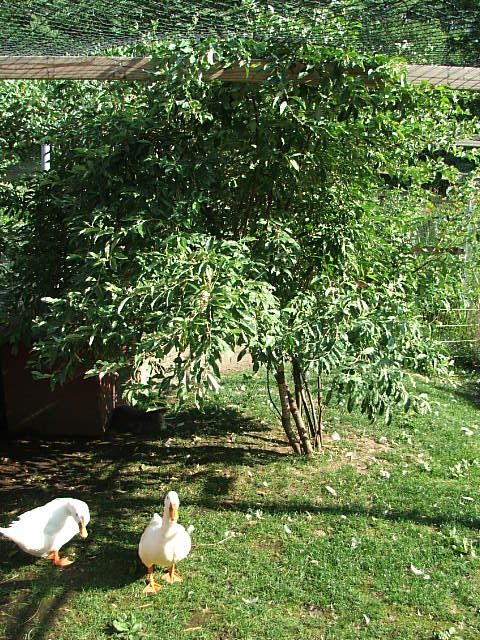
Lacerations
If your duck
receives any kind of skin laceration, bring them to a vet
for immediate treatment. Surgery and/or stitches will most
likely be required to mend the wound after it is flushed
out. Baytril will most likely be prescribed as a general
antibiotic to avoid infection. Your vet may have you wash
the area with an antiseptic or spray it with a solution of
10% hydrogen peroxide diluted in water. Lacerations beneath
the feet are very serious and will require extra special
care after surgery to ensure it doesn’t become infected. In
this case your duck will likely require special quarters
that are kept very clean. Clean pine shavings work best at
keeping things sanitary during the healing phase.
Once your duck is
safe and sound, you need to determine the cause of the
laceration and eliminate it so no further injuries occur.
Intestinal Flukes (Cyathocotyle bushiensis)
Flukes are a type of
flatworm or trematode. Even mild Fluke
infestations can lead to cecal hemorrhaging and
death. Although uncommon among domestic ducks,
they can become infected after eating snails
that are commonly found around the Great Lakes in the
U.S.
Symptoms
The presence of fluke
worms can be confirmed by fecal exam. Symptoms
of fluke worms include weight loss, lethargy,
fever, diarrhea and dehydration.
Treatment
Praziquantel found in
Drontal Plus is commonly prescribed to treat fluke worms.
|





